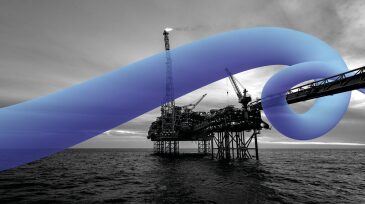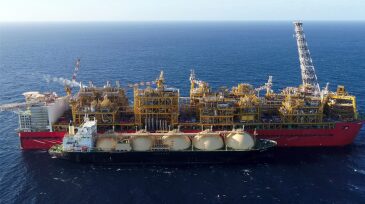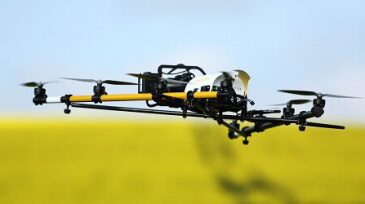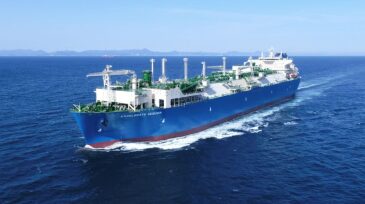Onshore/Offshore Facilities
Sponsored
Advance your career with the new Pipeline Engineering Program at the Technical University of Leoben, a 5-month course combining on-campus and online learning, integrating industry expertise, engineering practice, and future-ready skills for professionals in oil, gas, and emerging energy systems.
Plans call for license partner Aker BP to serve as operator during the development phase, with operatorship reverting to DNO after first oil in 2028.
Production from the Búzios field now tops 1 million B/D with six floating production systems in operation and more on the way.
-
The Hydrogen Offshore Production project identifies an alternative to decommissioning by providing reuse options for offshore infrastructure. It aims to prove the feasibility of decentralized hydrogen generation, storage, and distribution to provide a bulk hydrogen solution.
-
The inspection projects to assess water ingress will be done via remotely operated vehicle.
-
The complete paper describes an advanced Rankine cycle process-based system that converts waste heat into usable electrical power to improve the efficiency of gas-compression stations on gas-production platforms and pipelines.
-
Two of the biggest assets to suffer from the new valuation are in Australia. Shell’s QGC venture and its floating liquified natural gas facility, Prelude, have been reduced in value by up to $9 billion.
-
The drop in US LNG exports comes amid a combination of weak demand, ample supply, additional capacity coming on line, and flexibility to cancel US cargoes.
-
iHawk, Cyberhawk’s cloud-based asset visualization software, will become Shell’s next-generation visualization software platform for all onshore, offshore, and subsea assets, as well as all global construction projects.
-
Designed to be a “living” map, it focuses on the largest fixed infrastructure for crude oil and refined products such as trunk pipelines, refineries, and storage facilities.
-
Poland state officials said the terminal expansion is crucial to strengthening the country’s energy security by increasing its capacity to receive LNG and gas from European countries and decreasing its dependence on Russia.
-
The vessel is capable of operating as both an FSRU and a fully tradable LNG carrier.
-
The contract continues the two companies’ 8-year working relationship; in 2012, they performed the world’s-first underdeck inspection.













